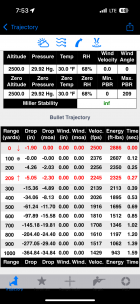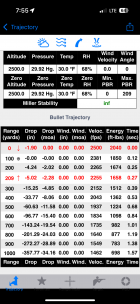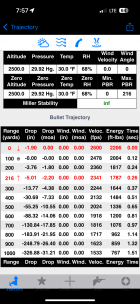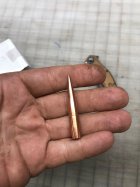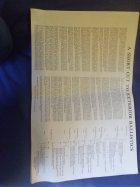I’d add that BC is based on the empirical performance (measured in known conditions) of several distinct prototypical shapes of the bullets we use. There is literally a 1.0 pound projectile of an established and immutable shape that defines G1 drift and drop characteristics fired at a certain velocity and set of conditions, and our bullets were traditionally rated against it, with it having the reference BC of 1.0.
This is conceptually similar to the physical, reference “kilogram” that there are maybe 20 examples of spread around the world. There is nothing special about a kilogram (or gram), all things obviously weigh more or less, but we all need to agree on what a kilogram is, so they were meticulously ground from material of exceedingly low atomic decay rate, and all of the same material as they would otherwise start diverging from each other, immediately.
The G1 projectile looks like a WWI era shape, and our boat tail bullets’ performance don’t “trail off” as rapidly s it’s performance does, so several other shapes were established to attempt to cover the various form factors of bullets made. Still, I haven’t seen a proper G7 BC reorder the bullets we use, or even alter their relative advantages to each other.
To me, the 750 Amax 50 cal is slightly over a 1.0 G1, and I mentally compare everything available to it, such that a 250 gets substantially there, with a third the weight and an .878 BC.










